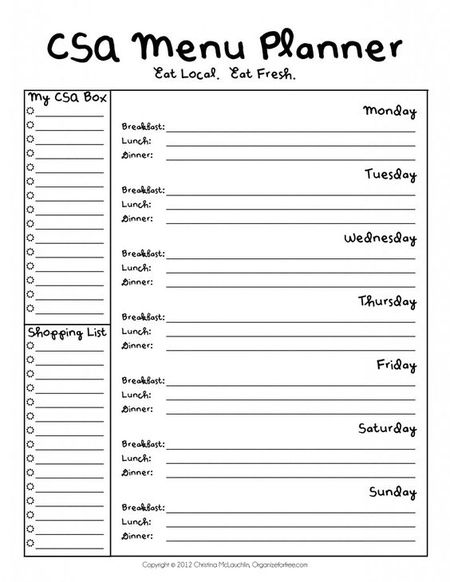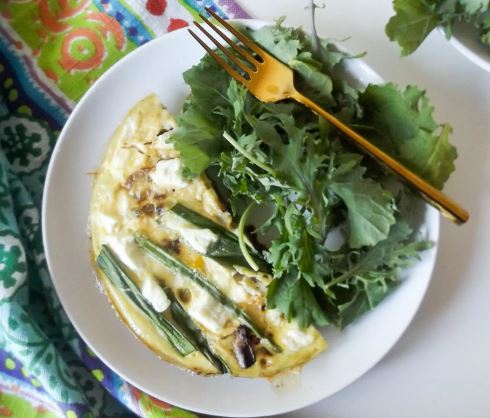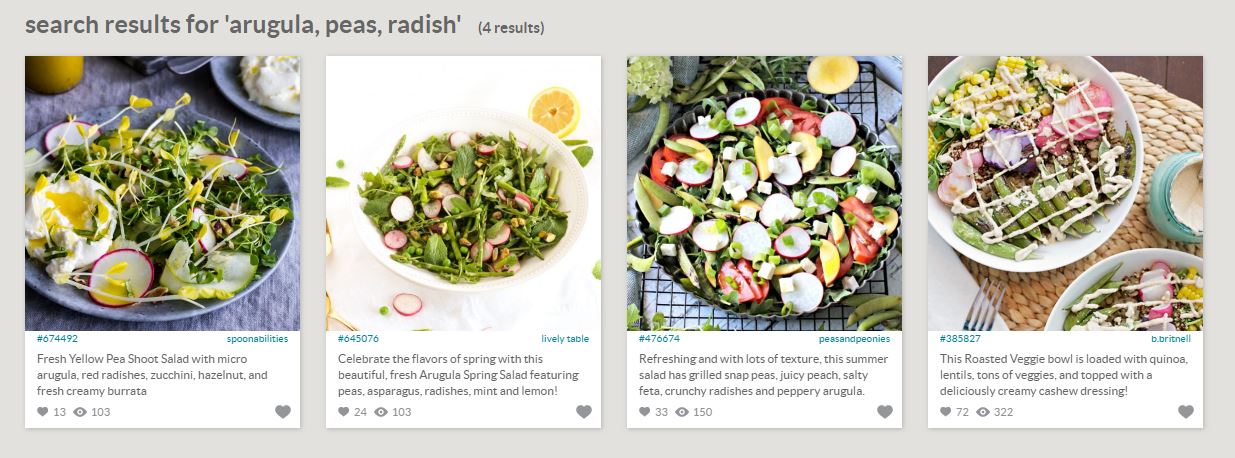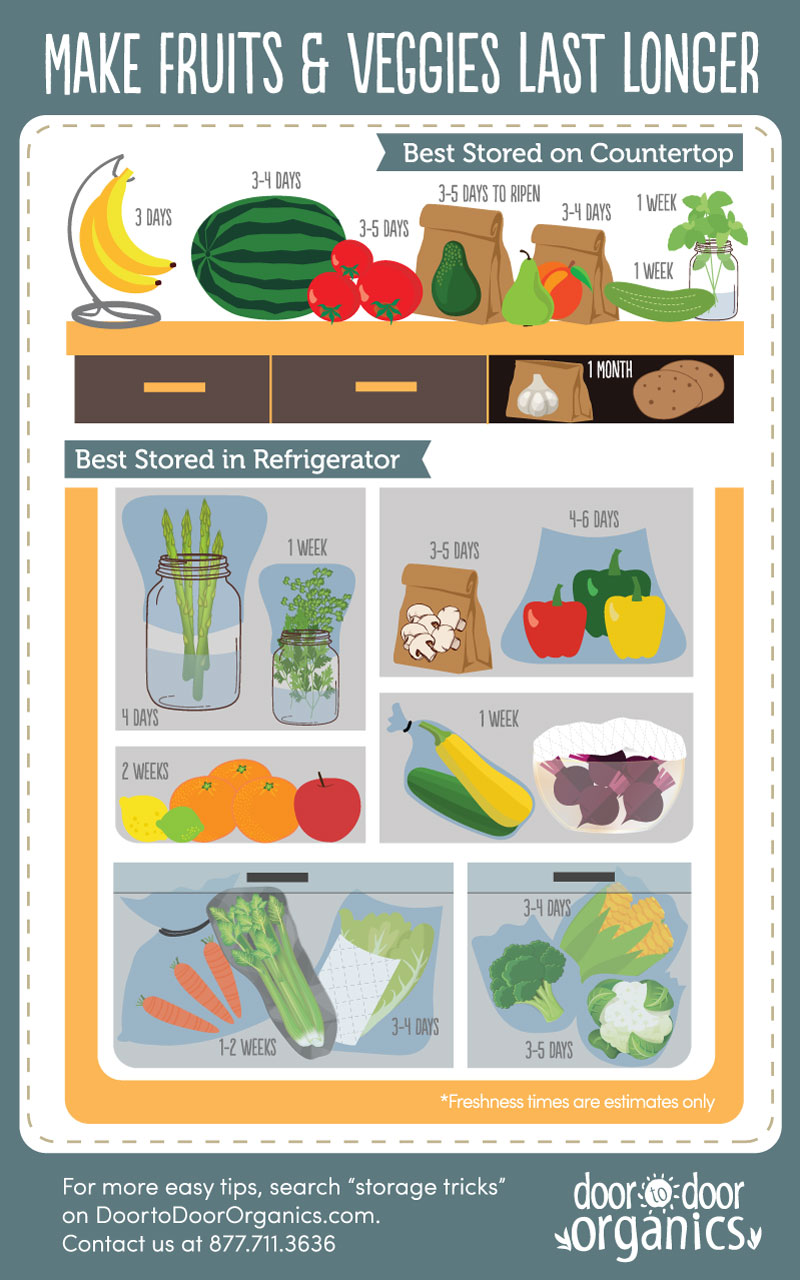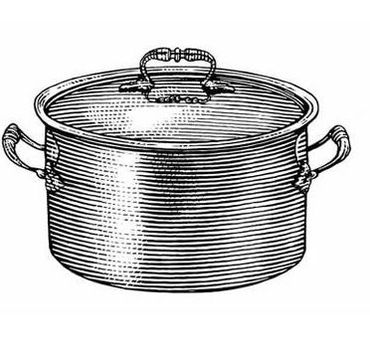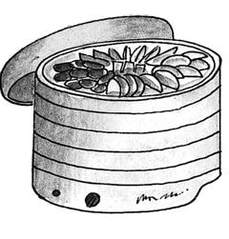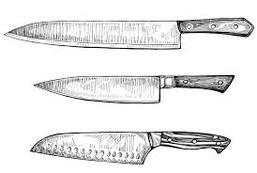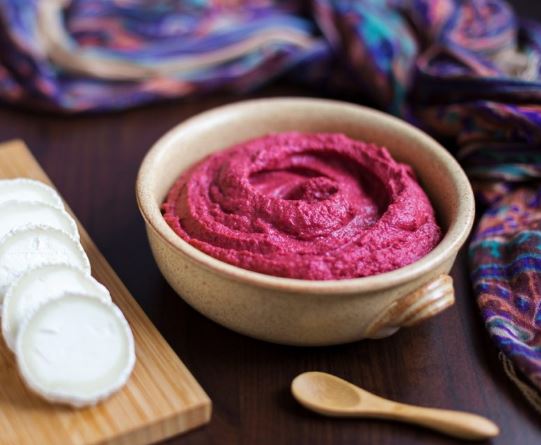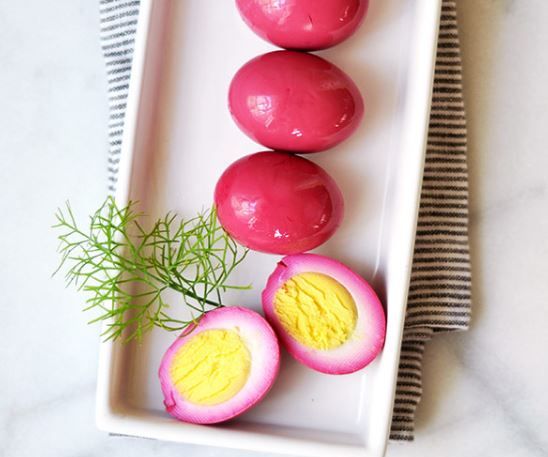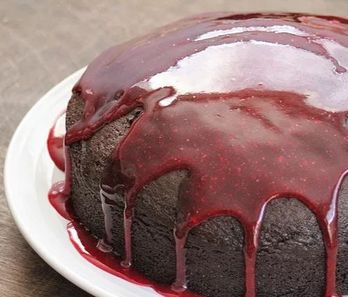Boundless Guide: How to Get the Most from your CSA
|
Before we were farmers, we were cooks, producers, and most importantly, eaters. We understand what it takes to make a meal and what it means to have a disaster in the kitchen. So we have a few promises for you (as well as a few tips and tricks). We promise to...
|
Step 1: Plan around ingredients, not recipes
The first step to eating more seasonally is to allow yourself to be creative and create room for flexibility in your menu planning. We know this is easier said than done; life can catch up with us, but there are some tools we can use to make this step more attainable.
- Find simple recipes that have easily substituted ingredients. Some of our go-to recipes include frittatas, stir fry, and tacos.
- When at a loss for recipes, the internet is your best friend. We like to use FoodGawker In the search bar type in some ingredients you have on hand, or that need to be used up. For example, in your first CSA box you may find arugula, peas, and radishes.
Step 2: Store Your Ingredients for Optimal Shelf Life
Prep your ingredients to last by cutting the tops off of roots (but don't throw them away, we have amazing recipes for carrot tops, beet greens, and more!). This helps keep the roots crisp and from losing moisture. Eat perishable items first; make a large salad for dinner the first night or saute your greens with an egg in the morning. And don't forget to store your veggies where they are happiest (see illustration below).
Step 3: Embrace Preservation
At some point in the season, the vegetables may get away from you, or you may get away from them (hello summer vacation). We suggest you make room in your freezer and cupboards to savor the bounty in the winter months. Preservation can range from simple freezing to intermediate pickling to advanced fermenting and pressure canning, so choose your comfort (or adventure) level and start from there.
Some tools you may find useful to become Queens and Kings of Preservation are:
- Beginner preservation
- Grate zucchini and freeze (use for breads, soups, or in winter pastas)
- Dry herbs in bundles. Once dry bag or place in mason jar.
- Make pesto (no, we don't just mean basil pesto, stay tuned for recipes on carrot top pesto, arugula pesto, chimichurri, and more!)
- Intermediate preservation
- Vinegar pickle everything! Some of our favorites are ginger-y beets, dilly beans, and asparagus spears!
- Try your hand at fermenting: sauerkraut is a great place to start.
- Advanced preservation
- Chutneys are an amazing way to use up random vegetables. Come up with your own combinations.
- Pressure can your veggie scrap stock for winter soups
Some tools you may find useful to become Queens and Kings of Preservation are:
|
Jars.
You are going to want lots of these. I put dried, canned, frozen, and fermented goods in these. (Also salves, screws, and old buttons...) |
Stock Pot
You can use this for canning, making broth, and mixing large batches. Start with a big one, you wont regret it. |
Dehydrator
This is a luxury item, but so worth it. No bugs on your food like outdoor drying and no wasting gas and energy in the oven. |
Sharp Knives
I cannot stress enough how important it is to have a sharp knife and to sharpen it often. You will have a new outlook on cooking. |
Step 4: View each vegetable from different angles
"View a week's fruits and vegetables in both major and minor recipe roles. For example, one of the most common CSA complaints is that shares include lots of lettuce; more than you can eat before it rots. That's easy to happen if we only use lettuce in a salad. But if you add it to pea and lettuce soup, or make lettuce wraps, or add it to stir fries, you can quickly use up that lettuce. Likewise that other CSA bounty: zucchini. Use it with pasta or in risotto, in gratins and lasagna, shredded into fritters, in a sweet tea bread, or in soup. One of my favorite uses for the uniquely tender and sweet zucchini that comes in my CSA is raw in a simple salad with curls of Parmesan and a squeeze of lemon juice and drizzle of olive oil, served in a way that Italians call zucchini carpaccio." -The Kitchn
